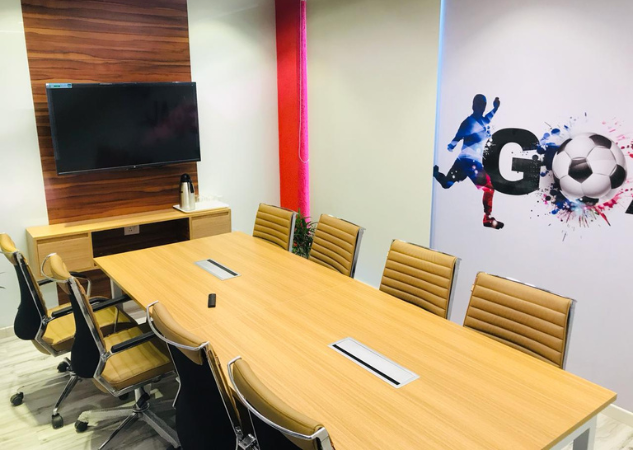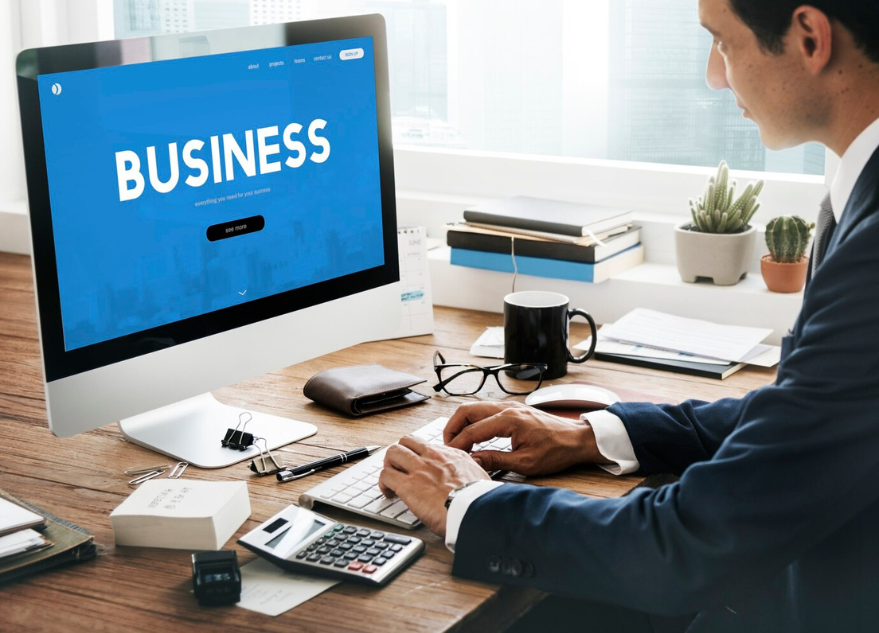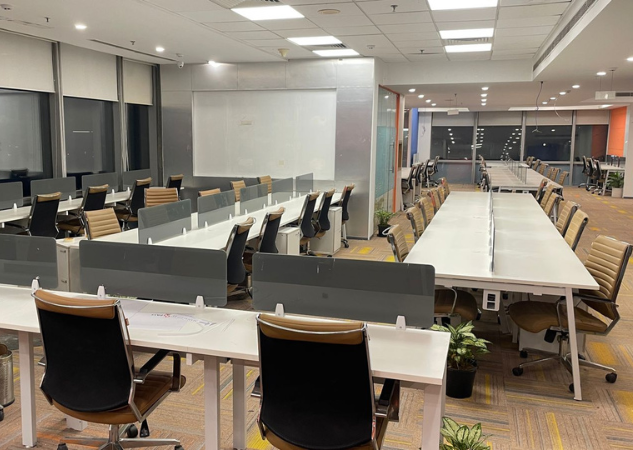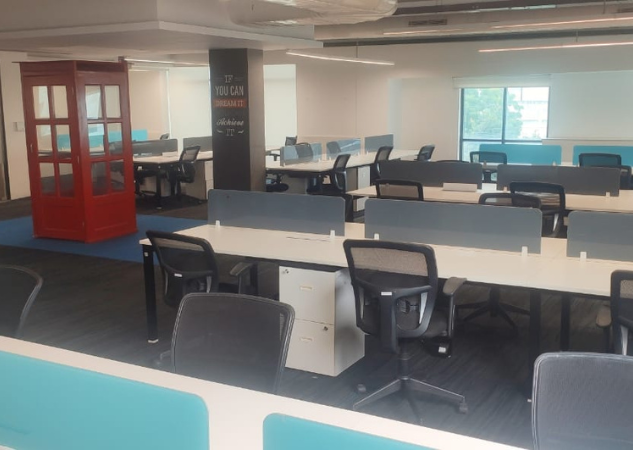Dream of traveling while running a business? The digital nomad lifestyle makes it possible. With the right planning and discipline, you can work remotely and enjoy true location freedom.
💡 Are you looking for Coworking space in Gurgaon, Noida or Delhi? We are just a call away.
Call Now: 08999 828282
10 Practical Tips to Help You Successfully Work While Traveling
- Choose a Business That Supports Travel
- Set Up Reliable Remote Systems
- Find Reliable Internet Connectivity
- Plan Your Work Schedule in Advance
- Pack Light but Smart
- Balance Work and Adventure
- Build a Strong Support Network
- Manage Your Finances Wisely
- Stay Productive and Motivated
- Embrace Flexibility and Adaptability

1. Choose a Business That Supports Travel
Not all businesses can be managed remotely. If you want to embrace a nomadic lifestyle, choose a business that allows flexibility. Online businesses such as freelancing, consulting, e-commerce, blogging, digital marketing, or running a remote agency are ideal choices. These business models do not require a fixed location and can be operated from anywhere with an internet connection.
2. Set Up Reliable Remote Systems
A successful remote business depends on having strong systems in place. Cloud-based tools such as Google Drive, Dropbox, and project management software like Trello or Asana help keep track of your work. Automate tasks where possible to minimize manual work, use scheduling software for client meetings, and rely on virtual assistants to handle repetitive tasks.
3. Find Reliable Internet Connectivity
Having a strong internet connection is essential when you work while traveling. Before traveling to a new destination, research Wi-Fi options, coworking spaces, and SIM card providers. Portable Wi-Fi devices and mobile hotspots can be lifesavers in remote areas where connectivity is limited.
Also Read: Tools that Every Entrepreneur Needs to Succeed in 2025
4. Plan Your Work Schedule in Advance
Time zones and travel plans can affect your productivity. To maintain efficiency, create a structured work schedule that aligns with client needs and business operations. Use scheduling apps like Calendly or Google Calendar to manage meetings and deadlines. If possible, work during your most productive hours and schedule leisure activities around your work commitments.
5. Pack Light but Smart
Traveling frequently means packing efficiently. Invest in lightweight tech gear like a durable laptop, noise-canceling headphones, and portable chargers. Consider carrying a power bank and a universal adapter to stay connected in different countries. Keep backups of important files in cloud storage or on an external hard drive to prevent data loss.
6. Balance Work and Adventure
While the nomadic lifestyle offers freedom, it’s important to maintain a balance between work and exploration. Set clear work hours and stick to them, but also take time to enjoy your travels. Planning your itinerary around your work commitments ensures that you remain productive while also experiencing new places.
7. Build a Strong Support Network
Running a business alone while traveling can be challenging. Join digital nomad communities, coworking spaces, and networking groups to connect with like-minded professionals. Platforms like Nomad List and Facebook groups for digital nomads can provide valuable resources, recommendations, and networking opportunities.
8. Manage Your Finances Wisely
Traveling can be unpredictable, so managing cash flow is crucial. Use digital banking services such as Wise, PayPal, or Revolut to handle international transactions with ease. Keep track of expenses using budgeting apps, and always have an emergency fund to cover unexpected costs. Diversifying revenue streams can help maintain financial stability while on the move.
💡 Are you looking for Coworking space in Gurgaon, Noida or Delhi? We are just a call away.
Call Now: 08999 828282
9. Stay Productive and Motivated
Working in new environments can be distracting. Create a productive workspace wherever you go, whether it’s in a coworking space, a quiet café, or a hotel room. Set clear goals and break tasks into manageable steps to stay on track. Productivity tools like Notion and Evernote can help you stay organized, while meditation or exercise can keep you focused and motivated.
10. Embrace Flexibility and Adaptability
Things don’t always go as planned when traveling. Flights may be delayed, internet connections may be unreliable, and time zone differences may cause scheduling conflicts. Being adaptable and open to change is crucial for maintaining a remote business. Learn to adjust your work style, find alternative workspaces, and embrace the adventure that comes with the nomadic lifestyle.
Running a business while traveling the world is possible with the right systems, tools, and mindset. By leveraging remote work, automation, and a reliable team, you can maintain productivity from anywhere. A flexible coworking space like The Office Pass (TOP) ensures you have a professional setup wherever you go, keeping you connected and efficient. Whether you need a quiet workspace, networking opportunities, or business support, TOP has you covered. Choose TOP to work, travel, and grow your business—without limits! Contact TOP at 8999 82 82 82 to find your perfect workspace today!
FREQUENTLY ASKED QUESTIONS (FAQS):
Question: What type of business is best for a digital nomad lifestyle?
Answer: The best businesses for digital nomads include freelancing, consulting, e-commerce, content creation, affiliate marketing, and online coaching. These businesses allow for flexible work schedules and location independence.
Question: How can I ensure a stable internet connection while traveling?
Answer: Research internet availability before traveling, invest in a portable Wi-Fi device, purchase local SIM cards with data plans, and use coworking spaces that offer reliable connectivity.
Question: What tools help manage a remote business efficiently?
Answer: Essential tools include project management apps like Trello and Asana, communication tools like Slack and Zoom, cloud storage like Google Drive, and finance management tools like Wise and PayPal.
Question: How do I stay productive while traveling?
Answer: Create a structured work schedule, set clear goals, establish a dedicated workspace, and minimize distractions. Productivity apps like Notion and Pomodoro timers can also help.
Question: How can I balance work and travel effectively?
Answer: Plan work around travel activities, set realistic deadlines, avoid overloading your schedule, and prioritize self-care to prevent burnout.
Question: How do I handle different time zones when working with clients?
Answer: Use scheduling tools like Google Calendar and Calendly, clearly communicate your availability, and be flexible with meeting times when necessary.
Question: What financial strategies should I follow as a digital nomad?
Answer: Track expenses, maintain multiple income streams, use digital banking services, set up an emergency fund, and consider currency exchange rates when managing finances.
Question: What are the biggest challenges of running a business while traveling?
Answer: Unstable internet, time zone differences, work distractions, visa regulations, and maintaining a consistent work routine are some of the biggest challenges.
Question: How can I network and build relationships while traveling?
Answer: Join digital nomad communities, attend networking events, use coworking spaces, and engage in online groups and forums relevant to your industry.
Question: How do I stay motivated and avoid burnout as a traveling entrepreneur?
Answer: Set clear business goals, take breaks, engage in activities you enjoy, connect with like-minded people, and maintain a work-life balance to sustain long-term motivation and well-being.









